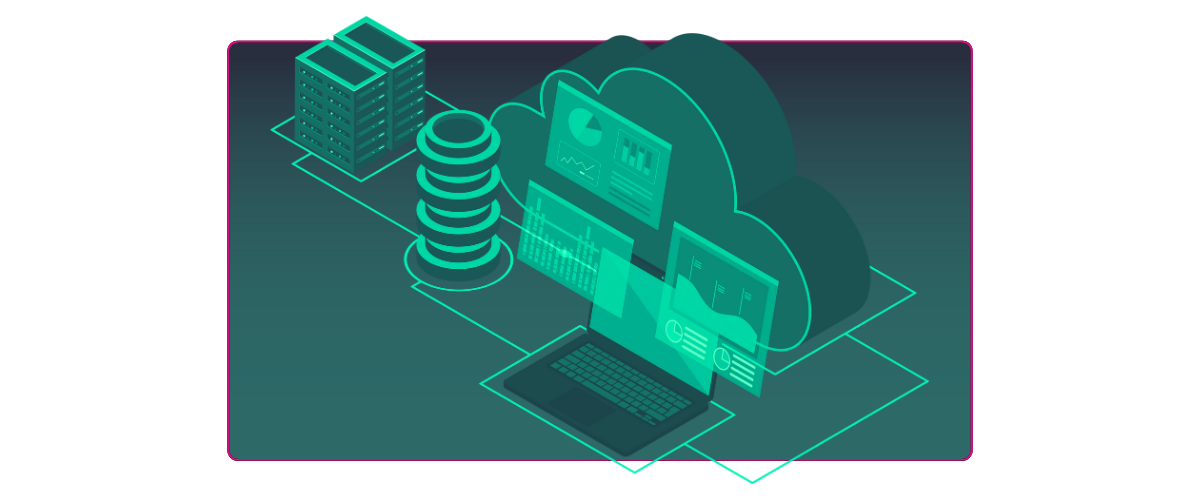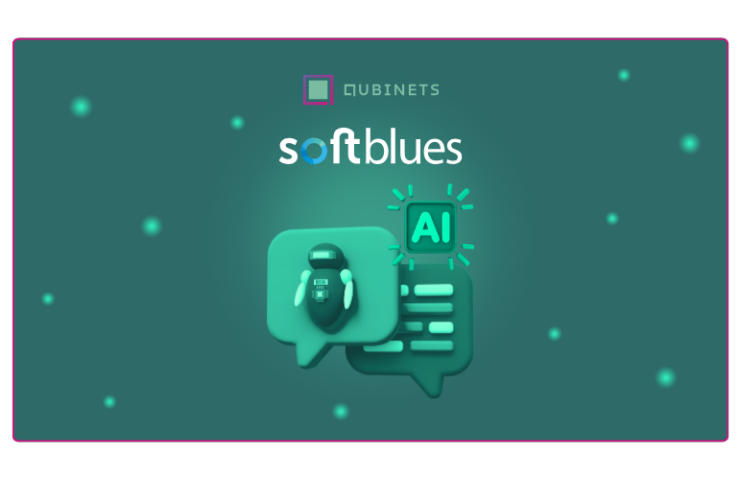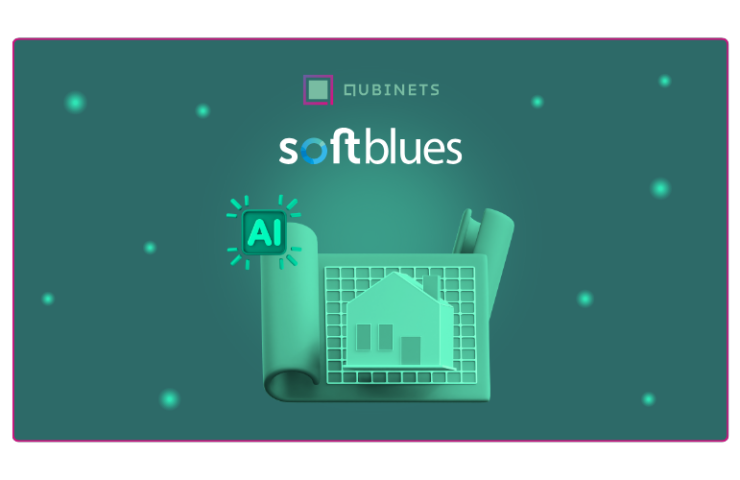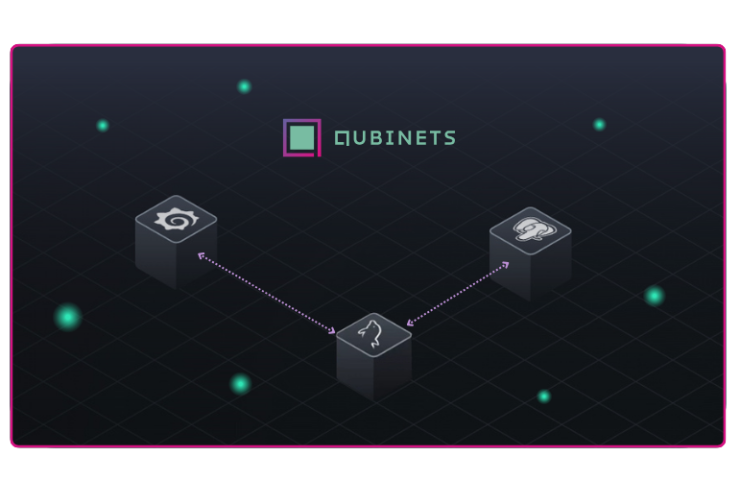Self-service infrastructure is changing the way software teams handle their environments and resources. As a developer, you may have faced numerous challenges managing traditional infrastructure due to the need for specialized DevOps expertise, which can cause friction across software development processes. The birth of self-service models can help overcome these obstacles, significantly improving your workflow.
Developer Self-Service Platforms allow you to access environments, tools, and resources on-demand, enabling a more agile and efficient software development lifecycle. Adopting a developer-centric infrastructure can streamline your coding, testing, and debugging processes, thereby enabling you to focus on what truly matters — building a great app.
By adapting to this approach, you can not only scale your infrastructure effectively but also improve collaboration between development teams. By taking advantage of these cutting-edge technologies, you can excel at delivering software that meets high customer demands.
The Shift to Developer Empowerment
Understanding Self-Service in Data Infrastructure
In the past, developers had to rely on rigid infrastructure systems, which often resulted in bottlenecks and delays in the development process. As cloud computing gained popularity, there was a shift towards developer empowerment. This means that you, as a developer, have more control over your infrastructure and can access necessary resources promptly.
The main driver behind this shift is the need for data infrastructure automation. Automated infrastructure management has allowed developers to create, modify, and manage complex infrastructure with ease. Leveraging Infrastructure as Code (IaC) practices, development teams can create consistent and replicable environments across projects.
One major benefit of self-service data infrastructure is its ability to scale with your needs. Your team can save time and resources by adopting these practices. Furthermore, this approach enhances collaboration between development, operations, and other teams within an organization.
From Complexity to Clarity
When it comes to managing complex infrastructures, self-service infrastructure for developers can help simplify processes and eliminate unnecessary complexities. Utilizing Cloud Infrastructure Templates and Infrastructure Provisioning Automation are two key components in achieving a more user-friendly environment.
In a traditional infrastructure setup, configuring and managing cloud resources require numerous manual steps, which can lead to errors and time-consuming efforts. Additionally, with many different team members working together, coordinating tasks and managing dependencies can become cumbersome. That’s where self-service infrastructure comes in. By leveraging automated provisioning and configuration, you can cut down on manual tasks and reduce human error.
For instance, imagine your team is working on a new feature requiring additional resources, such as storage or computing power. Instead of coordinating with multiple team members and departments, you can simply use them to define the required resources. These templates adhere to the best practices and guardrails set by Ops teams, ensuring a seamless and efficient infrastructure creation process.
Moreover, infrastructure provisioning automation streamlines the deployment process. By automating the provisioning of resources, your developers can focus on writing code, testing, and deploying applications without worrying about the underlying infrastructure. This gives you greater autonomy and flexibility in managing your environment.
Here’s a brief overview of how self-service infrastructure can transform complex systems:
- Simplified resource management: With pre-defined templates and automated provisioning, managing cloud resources becomes a breeze.
- Reduced error rates: Automating manual tasks significantly lowers the chances of human errors.
- Increased agility and flexibility: By empowering developers with greater control, you can iterate and release new features faster.
In summary, adopting self-service infrastructure for developers helps turn complex systems into manageable, user-friendly environments that promote efficiency, collaboration, and autonomy. By combining cloud infrastructure templates and infrastructure provisioning automation, you can achieve clarity from complexity and deliver high-quality applications to your users.
The Tools That Make It Possible
Various tools and technologies enable self-service infrastructure for developers. One such tool is Qubinets, designed to streamline the process of creating, managing, and deploying container-based applications.
We offer several features to empower developers throughout their workflow:
- Integrated infrastructure management: Qubinets allows you to integrate your infrastructure’s configuration and deployment processes seamlessly.
- Usability: With an intuitive user interface, even developers with varying levels of proficiency can manage infrastructure effectively.
- Compatibility: Qubinets integrates well with existing systems, ensuring that your team can continue using its preferred tools.
These features show how tools like Qubinets have made self-service infrastructure a reality for developers like you. By assuming this shift, you can boost your team’s efficiency, improve collaboration, and keep up with the demands of the development landscape.
Best Practices for Developer Self-Service
Adopting a self-service infrastructure approach can greatly benefit developers and increase productivity. Here are some best practices to follow when implementing developer self-service in your organization:
- Choose the right Developer Self-Service Platform: Select a platform that aligns with your organization’s needs and goals. Platforms, such as Qubinets or Qovery, can provide simplicity, automation, reusability, and self-service capabilities.
- Set clear boundaries and policies: Establish guardrails and policies to follow when creating, modifying, and decommissioning resources.
- Automate common tasks: Streamline repetitive tasks through automation to reduce errors and save time for your developers.
- Provide templates and pre-configured resources: Save developers time by creating and offering pre-configured resources, templates, and environments tailored to your organization’s workflows.
- Enable monitoring and logging: Integrate monitoring and logging tools into your workflows to facilitate error tracking, debugging, and performance analysis.
- Ensure security and compliance: Prioritize security and compliance in your self-service infrastructure by implementing strict access controls, data protection measures, and processes for auditing and remediation.
- Encourage collaboration: Promote knowledge sharing among team members by using tools that encourage collaboration, such as code reviews, pair programming, and shared documentation.
- Continuously improve and evolve: Seek out feedback from developers and stakeholders, and continuously iterate and improve your self-service infrastructure based on their input.
By following these best practices, you can create a self-service infrastructure that empowers your developers, fosters collaboration and maintains strong governance and control.
The Future of Developer-Led Infrastructure
It’s essential to understand the growing importance of self-service infrastructure in the success of developers’ projects. By providing more autonomy and flexibility in managing resources, this trend can help drive innovation and growth across various industries.
One of the main factors influencing the growing adoption of self-service infrastructure is the ability to eliminate manual processes and provide instant access to environments. This empowers developers to rapidly prototype, test, and deploy applications, ultimately increasing efficiency and productivity. Innovative approaches to infrastructure delivery are already disrupting traditional models, and you can anticipate the ongoing expansion of such offerings.
As you consider the future possibilities, it’s sensible to note that cloud-native computing is playing a key role in driving developer self-service platforms. The marriage of cloud computing with self-service capabilities allows developers to orchestrate resources more efficiently, reducing barriers to entry and accelerating the development cycle. A shift towards self-service developer platforms is already underway, aimed to shape the industry’s future substantially.
In the coming years, expect to see innovations that further refine and optimize the self-service experience. These could include:
- Integration of AI and machine learning: As more intelligent algorithms are developed, you may witness their integration into self-service platforms. This has the potential to improve infrastructure automation, resource allocation, and predictive analytics.
- The emergence of cross-platform compatibility: As developers continue to operate within increasingly diverse tech stacks, combining multifaceted solutions that can interact seamlessly between platforms is likely to become a priority.
- Increased security measures: As self-service models gain a majority, expect a concurrent focus on strengthening security against vulnerabilities that arise from increased accessibility and decentralization.
Adopting the advantages of developer self-service infrastructure may be a key differentiator for organizations looking to thrive. By staying updated about these arising trends and innovations, you can future-proof your development processes and contribute to the broader impact of self-service models on the industry.
Conclusion
When developers have access to a self-service infrastructure, your organization can become more efficient and productive. It allows them to independently create environments and access resources, reducing friction in the development process.
Key aspects to consider when designing a self-service platform include:
- Involving developers in the design and development process
- Prioritizing ease of use and accessibility
- Providing clear and concise documentation
Remember to keep these tips in mind as you strive to create a more developer-friendly self-service platform, enabling your team members to manage cloud-native infrastructure and applications quickly and reliably.
Now, take the time to explore Qubinets for self-service infrastructure solutions tailored to your specific requirements, and achieve greater heights.






